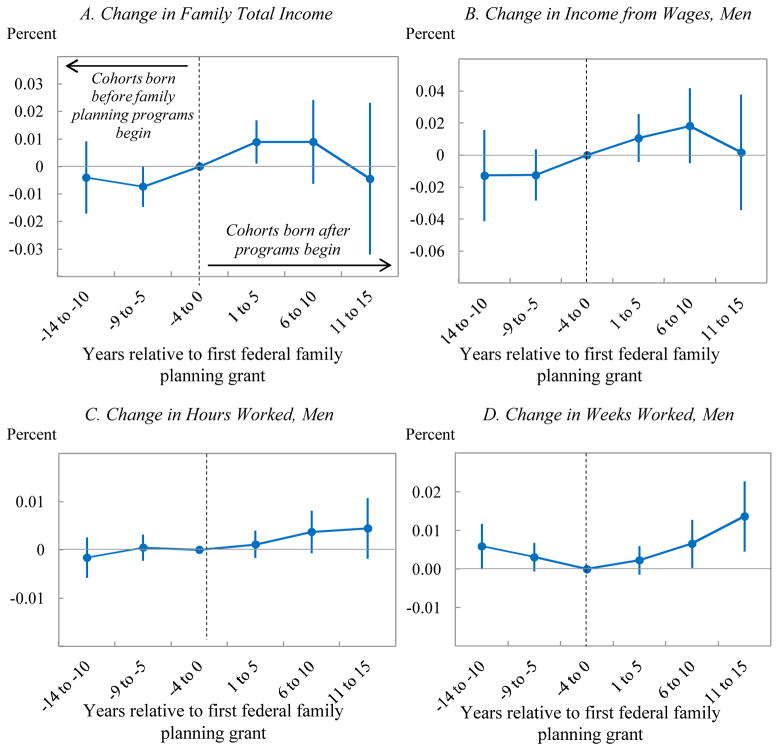Figure 10. Estimates of the Effects of Family Planning Programs on Next-Generation Family Income, Wages and Labor-Force Participation.
Source: Author’s calculations using data from the 5 percent sample of the 2000 decennial census and the 2005–11 ACS. See the online appendix for details of the data sources and the regressions.
a. Estimates are of the effects in adulthood of being born in a Public Use Microdata Area (PUMA) that had a federally funded family planning program, from a specification of equation 2. Event time −4 to zero is omitted, and error bars represent 95 percent confidence intervals based on heteroskedasticity-robust standard errors corrected for an arbitrary covariance structure within PUMA. The sample consists of individuals born in the United States from 1946 to 1980 who are aged 20 to 59. Data are collapsed to birth cohort category × PUMA × year of observation cells. To minimize measurement error, estimates are unweighted and exclude Chicago, Los Angeles, and New York (see Bailey and others 2013). The cell means used in the estimation include observations of zero hours or weeks worked when applicable, so regressions are estimated in levels. For ease of interpretation, the results are rescaled by dividing by the mean dependent variable in event years zero to 4. See the notes to figure 6 for details on income and employment coding and the text for more information on the specification.

